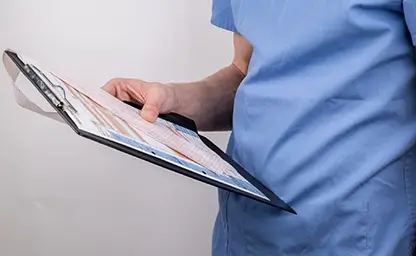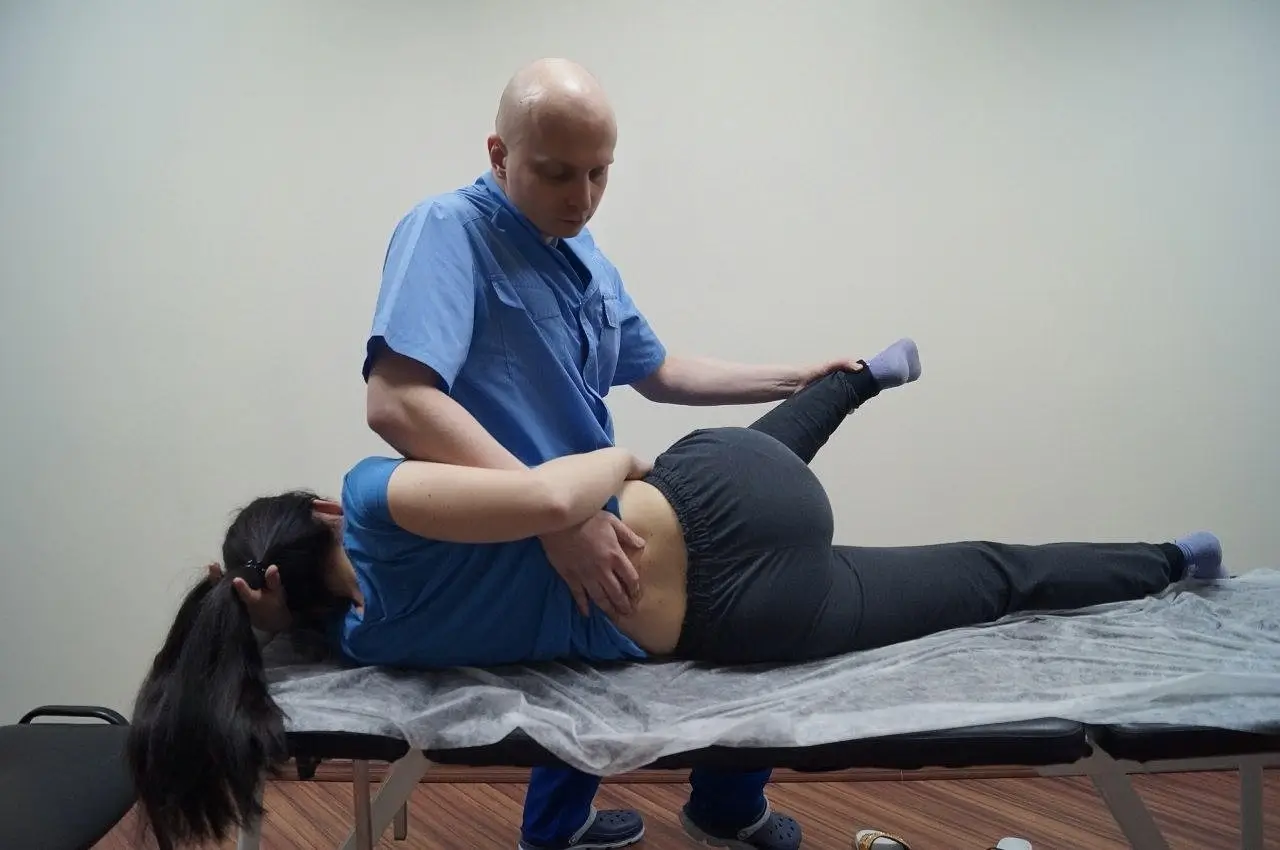

Osteopathic diagnosis and treatment

Osteopath and manual therapist
An osteopath or manual therapist is an expert in anatomy who has a deep understanding of the body's complex architecture and the subtle interactions of its various systems. This knowledge, multiplied by experience, is used to identify and address imbalances and restrictions that may interfere with the body's natural ability to heal itself.
Welcome to my blog!
From the very beginning of my practice, I did not limit myself to classical osteopathic techniques, but also combined them with the most effective achievements in related fields.
Science has made a huge step forward, especially over the past 30 years. Doctors of various specialties have developed effective approaches to diagnosis and treatment in this area. These are American and French osteopaths, British and German orthopedists, Australian and New Zealand physical therapists, European vertebrologists, chiropractors, sports and rehabilitation medicine doctors from around the world.
Osteopathic diagnosis
The task of osteopathic diagnosis is to find functional disorders of mobility of various organs and tissues. Muscle, joint, nerve, tendon, ligament, fascia, internal organ, skin, vertebrae - all of them can be the site of a disorder. It is important that only a specific anatomical structure can be the site of dysfunction, which is determined by a specific test of mobility, stretching, compression, contraction, palpation... Precise structural differentiation is extremely important!
- For example, my online consultation system focuses on finding and treating such dysfunctions:
- Functional joint blockages. Reversible mobility disorders, including spinal joints.
- Myofascial pain. The most common cause of pain in general.
- Nerve tissue entrapment. They can be manifested not only by pain, but also by numbness, burning, and weakness.
- Fascial restrictions. The tissue that binds everything together, including internal organs.
- Stress and the function of the autonomic nervous system. Given the breadth of psychosomatic relationships, it is an extremely important part of a holistic osteopathic approach.

Osteopathic treatment
- Which osteopathic treatment methods do I choose and recommend to you? Only those that meet the following criteria:
- Scientific. No auras, dark and light energies, etc., only anatomy, physiology, biomechanics and scientifically based methods.
- Evidence-based. Detailed diagnostic algorithms using specific tests and examinations.
- Safety. Minimal probability of complications. The more accurate the diagnosis, the less effort is required to achieve a therapeutic effect. This is a desirable, but not always fully possible criterion:
- Autonomy. The ability to remotely diagnose and recommend independent treatment methods to the patient to eliminate the identified dysfunctions and maintain the achieved result.





